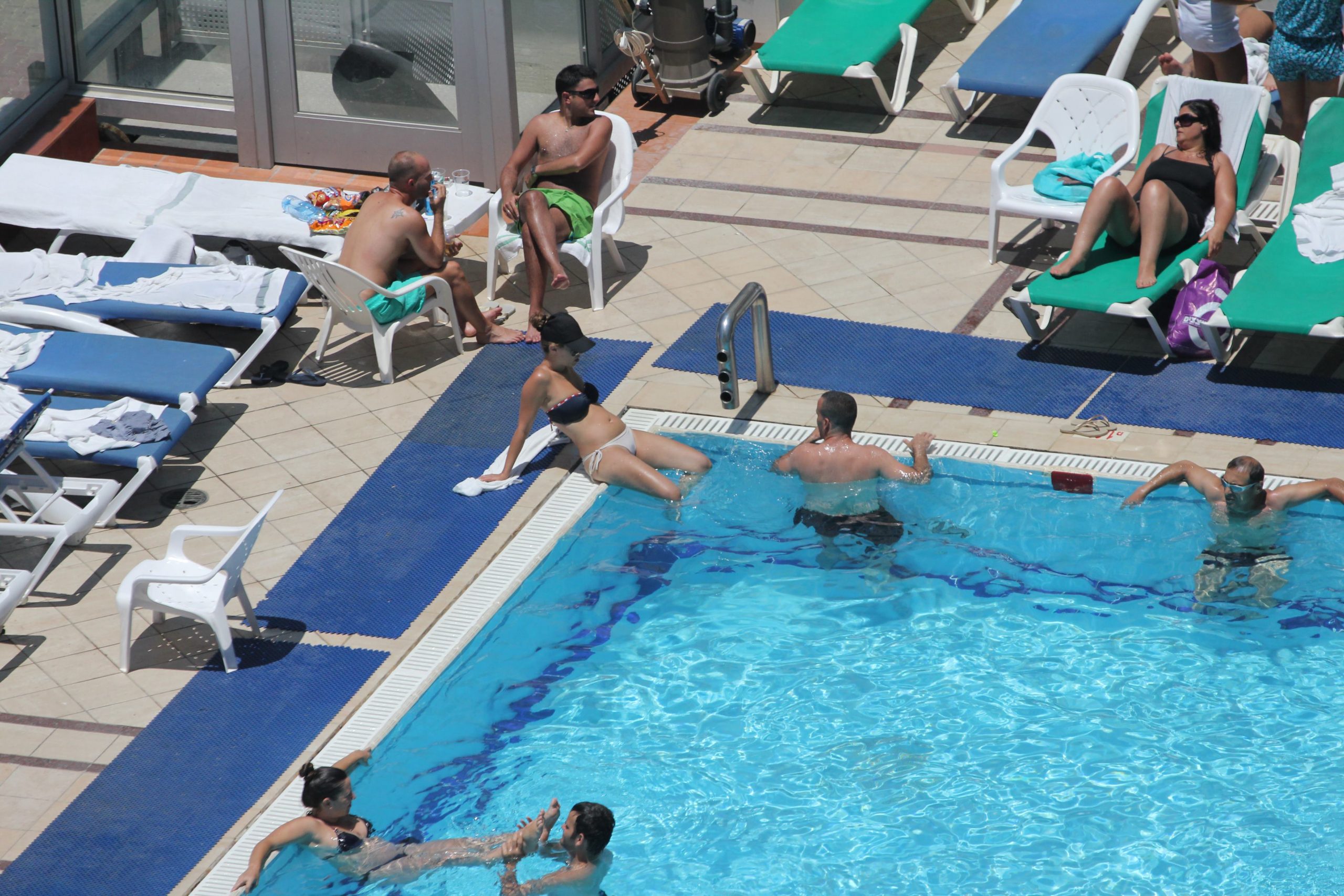Experts say one room in a home or apartment should ideally be reserved for a pool. In a high-demand housing market like New York, for example, it may make more sense to look at a condo instead of a single-family home. But the biggest factor is whether or not you’ll be able to afford to heat it — and make sure you factor in those fuel and power costs.
The best way to choose a residential pool is to visit the place that’s going to serve as your home for a few years, even if you live in a single-family home. If you’re buying a condo, you can ask a salesperson for a copy of the unit’s pool inspection report, which will give you a good idea of the condition of the pool and how that differs from neighboring units.

If you are in a rental unit, ask the landlord whether it’s possible to get access to a swimming pool of the same size as yours. The rental pool should have a heat pump, and it should be heated by hot water so you don’t have to turn the pool on if you want to swim in the winter.
Planning for future pool repairs can help minimize costs. Once the paint peels and the tiles are pulled up, you’re going to need to spend a lot of money. Follow the instructions on the pool inspection report to find out where the leak is coming from and fix it before it becomes a bigger problem. At that point, you’ll be left with the cost of building a new pool — which could be $30,000 or more for a full-size pool. Excessive precipitation or pipes bursting also can flood a pool and cost lots of money to to start with.
Leave a Reply